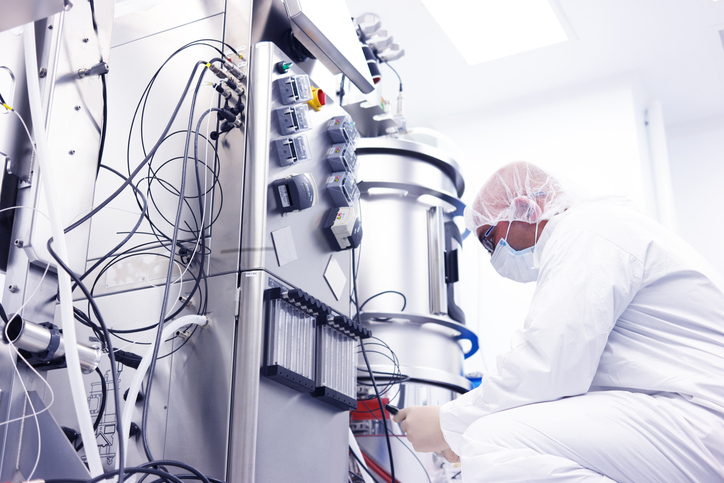Advancements in biomanufacturing processes are shedding light on the viability of hyperosmotic conditions for enhancing cell culture productivity. Recent research indicates that continuous exposure to hyperosmotic pressure can significantly improve the productivity of cell lines, particularly in perfusion cultures. This finding marks a shift in how scientists approach cell culture strategies in industrial applications.
Qian Ye, PhD, a postdoctoral fellow from the East China University of Science and Technology, led a study that demonstrated a remarkable 168.5% increase in specific productivity of Chinese hamster ovary (CHO) cells during perfusion culture. Collaborators included researchers from the Shanghai Collaborative Innovation Center for Biomanufacturing Technology, Shanghai Austar Pharmaceutical Technology Equipment, and Shanghai Bioengine Sci-Tech Co.. Their findings suggest that maintaining a constant hyperosmotic pressure is a viable strategy in continuous manufacturing environments, mitigating risks typically associated with osmotic pressure in cell cultures.
Impact of Hyperosmotic Conditions on Cell Metabolism
Real-time monitoring of recombinant CHO cells in dense perfusion cultures revealed that hyperosmotic conditions can actually alleviate hypoxia, a common challenge in cell cultivation. The research team observed significant changes in metabolic responses, including rapid adjustments in nutrient uptake and metabolic cycle activities. Interestingly, while specific productivity required between six to nine days to stabilize post-stimulation, the metabolic changes were immediate.
The researchers highlighted that even under low dissolved oxygen levels, cells subjected to hyperosmotic stimulation exhibited enhanced antioxidative capacities. They reported, “Even when dissolved oxygen dropped to 10%, the cells maintained relatively low levels of reactive oxygen species while preserving high specific productivity.” This resilience suggests that the cells can continue to produce therapeutic proteins even in stressful environments.
Optimizing Conditions for Enhanced Productivity
To maximize cell productivity under hyperosmotic stimulation, the research team emphasized the importance of identifying the appropriate osmotic pressure specific to the cell line used. For the CHO-DG44 cell line, they found optimal conditions at osmotic pressures ranging from 380–410 mOsm/kg. This adjustment resulted in a significant improvement in specific productivity, increasing from 25.15 pg/cell/day to 41.81 pg/cell/day, representing a 66% enhancement.
While traditional fed-batch cultures often suffer from cell death under continuous osmotic pressure, perfusion cultures benefit from ongoing medium renewal. This continuous exchange helps to mitigate the risks tied to osmotic pressure build-up, allowing cells to thrive and produce more effectively.
The implications of this research extend beyond laboratory settings, potentially transforming practices in biomanufacturing. By harnessing hyperosmotic conditions, manufacturers can enhance the efficiency and output of therapeutic protein production, contributing to advancements in medical treatments and biopharmaceuticals.
